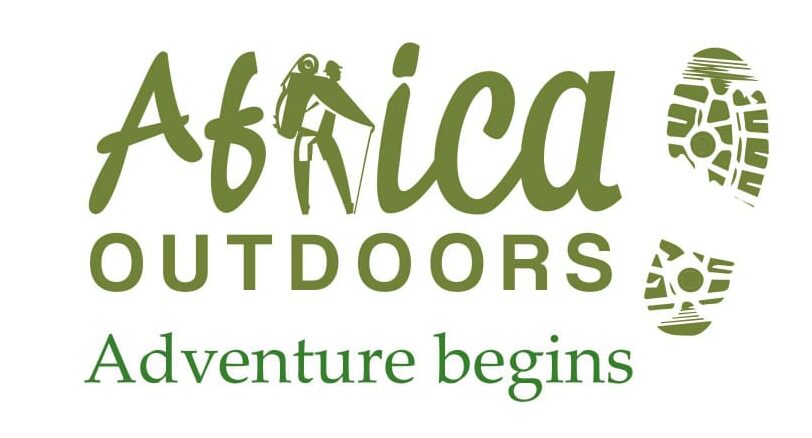
Preparing to Climb Mount Kenya
Unlike other mountains, to Climb Mount Kenya holds a special place for many Kenyans. It’s the mountain under which the country is named. Some consider the mountain Sacred, while others wish to ascend to the highest point there is, in the country.
In this Post I’ll address what an amatuer hiker who has ‘Climbing Mount Kenya’ on their bucket list needs to know.
Getting Your Body Ready to Climb Mount Kenya
Climbing Mount Kenya is a challenging and rewarding experience. Here are some general steps to help you prepare for a successful climb:
- Physical fitness: Mount Kenya is the second highest mountain in Africa and climbing it requires a good level of physical fitness. Start a training regimen that includes cardiovascular exercise, strength training, and hiking to build your endurance and strength.
- Altitude acclimatization: Mount Kenya’s peaks reach high altitudes, so it’s important to acclimatize properly to prevent altitude sickness. Consider spending a few days at high altitude before attempting the climb to help your body adjust.
- Gear preparation: Make sure you have the right gear for the climb, including proper hiking boots, warm clothing, a good sleeping bag, a tent, and other necessary equipment. Renting or purchasing gear locally in Kenya is also an option.
- Guide or tour company: Unless you are an experienced mountaineer, it is highly recommended to hire a guide or join a tour company for your climb. They can provide essential support, local knowledge, and ensure your safety during the climb.
- Permits and logistics: Obtain the necessary permits for climbing Mount Kenya and arrange transportation to the starting point of your chosen route. Research the different routes available and choose one that suits your experience level and preferences.
- Mental preparation: Climbing a mountain like Mount Kenya can be mentally challenging. Be prepared for long days of hiking, changing weather conditions, and physical exertion. Stay positive, focused, and determined to reach your goal.
- Stay hydrated and well-fed: Proper nutrition and hydration are essential during a climb. Make sure to carry enough water and snacks to keep your energy levels up throughout the journey.
- Respect the environment: Mount Kenya is a UNESCO World Heritage Site, so make sure to follow Leave No Trace principles and respect the environment during your climb.
Remember that climbing a mountain like Mount Kenya can be dangerous, so always prioritize safety and listen to your guide’s instructions. Enjoy the experience and the stunning views that Mount Kenya has to offer!
Places you can do pre Hikes in kenya in preparation for Mount Kenya Trek.
1.Mount Longonot
2.Elephant hill
3.Mount Satima
4.Mount Kipipiri
Hiking Gear
Mount Kenya has three peaks Lenana, Nelion and Batian.It’s Lenana that you want to train your mind on.. it’s a trail and hiking route that doesnt require technical climbing with rope, cord and webbing. Mount Kenya is a Cold weather hike, for most part. You start with rainforest and bamboo on on the lower part, then head for the moorlands and towards the top it’s rocky with glaciers.
So you want to have the proper gear for each level of hiking.
- Footwear
- Insulated hiking boots (one pair good quality that fits is enough)
- Woolen socks (a pair a day or atleast two pairs)
- High gaiters
- Hats
- Lightweight fleece or wool hat (for lower and middle levels)
- Heavyweight fleece or wool hat (for summit day)
- Gloves
- Lightweight fleece or wool gloves (for lower and middle mountain levels)
- Waterproof shell mitts or gloves, with insulated liners (for summit day)
- Jackets
- Puffy insulated jacket with attached hood
- Rain Poncho (rain proof jacket)
- Pants
- Hard shell pants that are waterproof and windproof with full-length zippers along the sides (for summit day)
- Softshell pants or light waterproof track suit
- Mid-Layer Insulation
- Fleece jacket, fleece pullover, fleece vest, insulated vest or softshell jacket (at least one, possibly several)
- Base-Layer Insulation
- Long sleeve jersey
- Long underwear
- Boxer jock underwear to prevent chafing
- Spare Clothing
- Long sleeve jersey
- Long underwear
- Extra pair of socks
- Water Bottles
- Two or three 1-liter wide-mouth water bottles (hydration system hoses freeze up and should be avoided)
- Water bottle insulation, if bottles are stored outside your backpack
- Bacckpack
- 35-45 liter rucksack bag to be carried by porters and a backpack with essentials.
- Extra webbing straps as needed for attaching more gear
- 10 Essentials
- Map (optional with guide)
- Compass (optional with guide)
- Whistle
- Headlamp (needed for summit day)
- Personal first aid kit (in you have chronic illness consult your doctor first, some pills may relax your muscles and nerves which will be counterproductive in climbing, and you fall asleep on the trail)
- Fire starting materials (optional, if you have guide)
- Small knife or multi-tool (in group hikes, only guides are allowed to carry)
- High energy snacks (you need this, as official meals are at designated places)
- Sun glasses and sun screen (optional, any moisturiser works)
- Toilet paper
- Survival Gear – Guides and porters will help organise or carry:
- Sleeping bag
- Sleeping pad
- Lightweight bivy sack or tent body without tent poles
- White gas stove, fuel, pot, stove base
- Group first aid kit
- easy to cook food
The above list seems like too much, and quite an investment, that’s why we encourage Adventurers to join smaller day hikes and see how other hikers improvise. There is a lot to learn, even by relating with others who have hiked before you.
Join Our Newsletter to be alerted on Hiking Activities in the coming weeks and when it’s best to climb mount Kenya
Recent Posts
Rock Climbing in Aberdares
Mt Kilimanjaro Trek Food Menu
Mt Kenya Trek Food Menu
All Categories
Tags

Thailand




